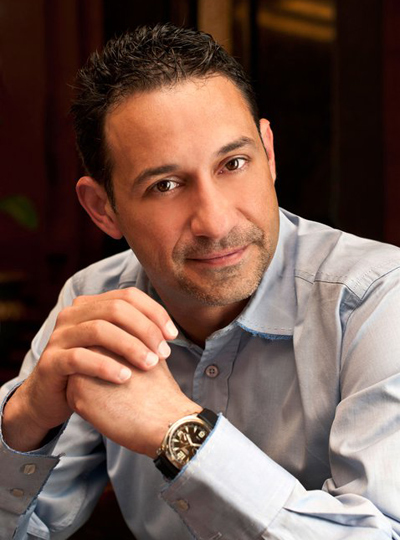The Bulgarian capital city of Sofia has preserved countless stories about eventsthat happened and have been happening in it for more than 8 000 years. The city, built on multiple of layers of millennial history, was a cultural center before becoming the capital city of the Roman Empire under the name of UlpiaSerdica. Named after Emperor Marcus Ulpius Trajan, whom it owes its autonomous rule to, Serdica became the capital of the Empireunder the rule of its first Christian emperor Constantine the Great. We can cast a glimpse to those timesthanks to a number of artifacts and historical sites such as the St. GeorgeRotunda, the Western Gate and the Largo, as well as many valuable artefacts remaining buried under the monumental governmental buildings constructed during socialism.
 “5 Minutes Sofia” video series also help us recall the grandeur of the city. The series is an ambitious project by renowned actor Kamen Vodenicharov.Here's what motivated him to go back on the path to the past:
“5 Minutes Sofia” video series also help us recall the grandeur of the city. The series is an ambitious project by renowned actor Kamen Vodenicharov.Here's what motivated him to go back on the path to the past:
“The idea for5 Minutes Sofia came from the inability to realize a project for three lengthy episodes about the history of Sofia. It was to be a documentary covering all the periods of its past. When we ‘cut’ the big story into small parts, we got the idea of making 5 Minutes Sofia. Based on the original film script, we focus onvarious historical periods during which the city and its monuments evolved.”
Regarding production and filming, the actor says that he and his team work in collaboration with the History Museum of Sofia and the Bulgarian National Film Library. The rich film archive allows choosing archive footage related to topics of interest helps the teamillustrate the narrative.
Since its start in 2012, the series already reached 52 episodes and each of them is a piece of the puzzle of the pastwe must arrange. Only in this way can we make an objective reading of history, for which public figures and politicians have been calling for nearly 30 years.
Still, we shall pay attention to two series that focus on the ends of two different government systems in this country. This is the series on the story of the ceremonial baton that belonged toTsar Boris III, which sheds light to the end of the Third Bulgarian Kingdom, and the series about the decommissioning of the SS23 missiles, which was one of the conditions for Bulgaria's accession to NATO. But let's first move back to 1943, when the 25th anniversary of Boris's ascension to the throne wasto be marked on October 3rd. On this occasion, Bulgarian generals choose a suitable gift for the Tsar. Here is where it is today and what its story is:
“The baton was produced by German company Gerb Godet & Co. All precious materials were provided by the Bulgarian state. Dr. Neubecker is the name of the person who designed the project and produced the baton. The design is linked to the heraldry of the Second and Third Bulgarian Kingdoms. In the fall of 1943, several months after the sudden death of His Majesty, the baton was placed in the vaults of the Bulgarian National Bank, where it is still preserved to this day. When the baton arrived in Sofia, there was no one whom it could be given to and soldiers took it to the vault. At a certain point in time, the new Communist government found out about the valuable object and decided that it must never be put on display.”
With the arrival of the new regime and the proclamation of Bulgaria for People's Republic, the Communist period of our history started. The country became part of the Warsaw Pact and rearmament started. One of the new weapons that the army receivedwas the SS23 missile complex. The twelve systems were considered a threat by Turkey, Greece and even Italy. Their decommissioning in 2002 opened Bulgaria’s path towards joining North Atlantic Treaty Organization two years later.
English: Alexander Markov
Снимки: kamenvo.com, bg.wikipedia.orgOn the feast of the Dormition of Saint Ivan Rilski, the Bulgarian Patriarch and Metropolitan of Sofia Daniil led the Divine Liturgy at the Rila Monastery. On the eve of the feast, he bowed before the relics of the patron saint of the Bulgarian people..
Today, August 18, the Bulgarian Orthodox Church marks the Dormition of St. John of Rila – the heavenly patron of Bulgaria. He is the most beloved saint in Bulgaria and is revered even beyond the borders of this country. We associate..
The history of the largest Bulgarian church in Bulgaria from the National Revival period "The Assumption of the Virgin Mary" in the town of Pazardzhik is long and interesting. It is assumed that the first church there was built in the 17th century. It..

+359 2 9336 661
